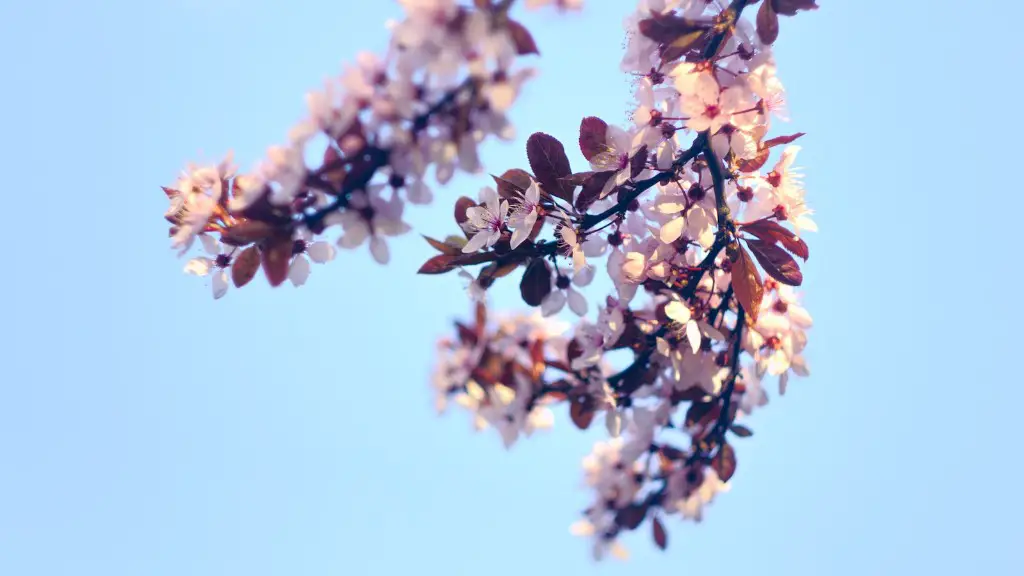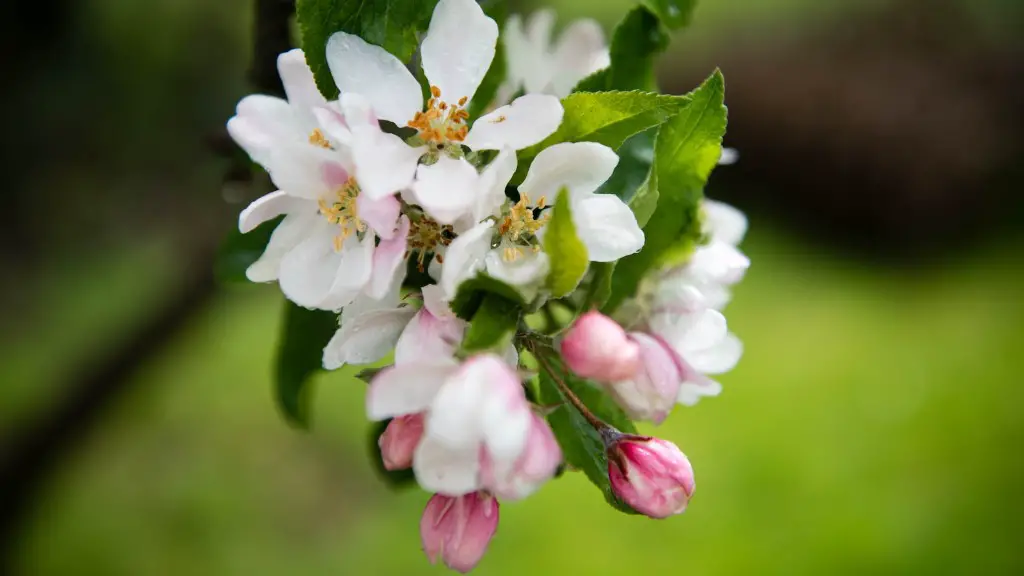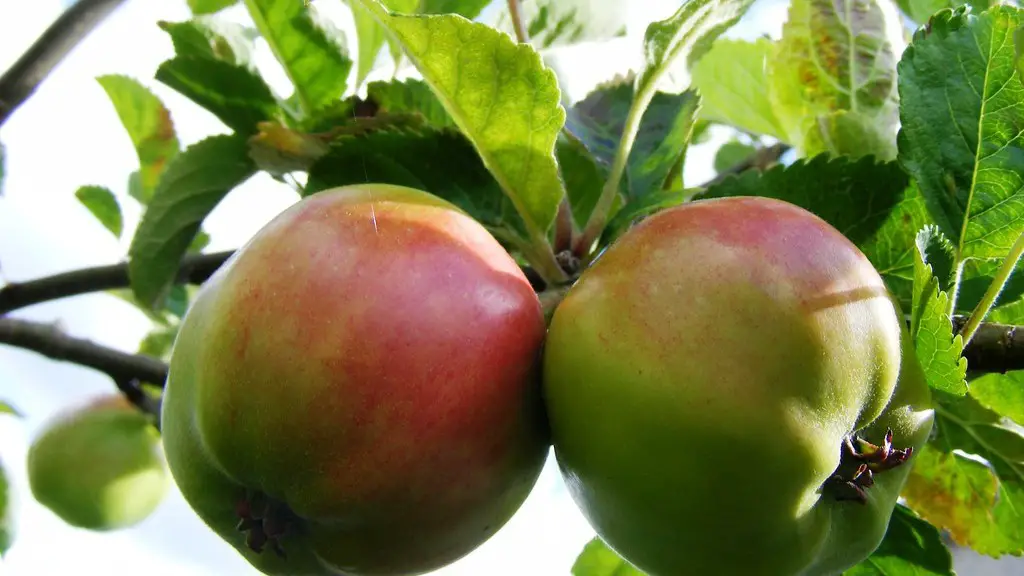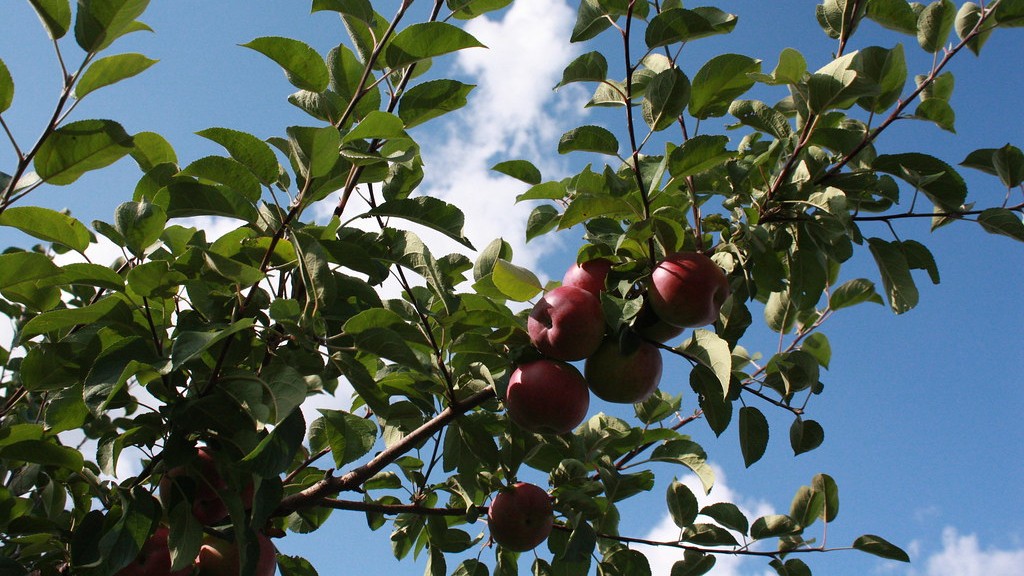Introduction to Cherry Trees
Cherry trees are known for bringing a beautiful display of vibrant colors to gardens and landscapes. There are many varieties of cherry trees available, and they range in sizes, growth rates, and colors of their respective fruits. Most cherry trees need a certain amount of care to ensure they are healthy and can grow to their full potential. In this article, we will discuss the proper ways to care for cherry trees and their surrounding environment.
Watering
Water is an essential part of keeping cherry trees healthy. To determine whether a tree needs water, observe its leaves. If the leaves are wilting or turning yellow, the tree may be in need of hydration. To water cherry trees, use a soaker hose or slow-running sprinkler that’s placed at least 2 feet away from the trunk. For first-year cherry trees, ensure water reaches the roots by applying 1 gallon of water per foot of planted length. Once the tree is established, water the root zone deeply once or twice per month, depending on the climate and rainfall in the area.
Fertilizing
Fertilizing a cherry tree is important for providing nutrients to the tree and helping it to grow. Fertilizer can be applied at the beginning of spring, before new growth starts to appear. Choose a balanced fertilizer that has an N-P-K ratio of 8-8-8, 10-10-10, or 12-12-12, and apply it at the drip line – the furthest point where the tree’s canopy reaches out. It can also be helpful to add additional trace elements and micronutrients to the fertilizer mix. Generally, 1 to 3 pounds of fertilizer should be applied per 1,000 square feet of tree coverage.
Mulching
Mulching is essential for keeping cherry trees healthy, as it helps to maintain soil moisture and prevent weeds from growing. To mulch correctly, spread a 2- to 4-inch layer of organic or inorganic material throughout the root zone in the early spring. Organic options include shredded, bark, or wood chips. Non-organic options include stone, gravel, and recycled rubber. Make sure to keep all mulch 2 to 4 inches away from the tree’s trunk.
Pruning
Pruning is important for maintaining cherry trees and training them to grow in proper shapes and sizes. Pruning should be done once each year in the early spring, before new growth emerges. Start by removing any dead wood or broken branches, then cut away any crossing or weakened branches. This will allow more light and air into the tree, reducing disease and promoting strong growth.
Insect and Pest Control
Insects and pests can induce damage to cherry trees, so it’s important to regularly monitor for their presence. To discourage these infestations, keep the tree clean of fallen leaves and fruits. If a problem occurs, immediate removal and disposal of infested material is essential. Be sure to contact an arborist or local Extension Agent in your area for advice on insect and pest control.
Protection from Temperature
Temperature fluctuations can be damaging to cherry trees. Trees grown in colder climates may need protection from cold weather and wind. Wrapping the tree trunk with a protective material such as burlap, insulating blankets, or plastic sleeves can help to reduce winter damage. In areas of extreme heat, provide extra shade in the summertime if needed.
Girdling and Trunk Grinding
Girdling and trunk grinding are techniques used to promote better health and growth in a cherry tree. Girdling,encircling the trunk of a tree with a shallow incision or groove near its base, can help to slow growth and reduce production of fruit. Grinding, or remodeling the outer bark, is typically done to improve air circulation and reduce disease, but it must be done carefully. Both girdling and grinding should only be done by a professional.
Insecticide Sprays
Insecticides are used to control harmful insects and pests, such as spider mites, aphids, and caterpillars, which can damage the foliage of cherry trees. Before applying insecticide,test an area of the tree first to ensure it will not cause any damage. If the test is successful, use an insecticide that is specifically designed to target the problem insect or pest. Always read the label carefully and thoroughly each time before using an insecticide.
Seasonal Care
To ensure healthy growth throughout the year, cherry trees need extra attention during each season. In the fall, rake any leaves and debris that might have accumulated on the ground and trim away any dead or crossing branches. This will allow more nutrients to reach the tree and protect it from winter winds. In the spring, check for signs of damage such as cracks in the bark. For summertime, prune off any foliage to help promote air circulation, reduce disease, and ward off insects and pests.
Using Growth Stimulants
Growth stimulants can be beneficial to cherry trees in certain circumstances. These stimulants can enhance the amount of growth and production a cherry tree has. It is important to first understand the environment around the tree and its needs prior to applying these types of treatments. If growth stimulants are used, ensure they are applied correctly and in appropriate amounts.
Using Antifungal Agents
Antifungal agents can be used to diagnose and treat fungal diseases like mildews, rusts, and blights that can affect cherry trees. If a tree is diagnosed with a fungal disease, antifungal agents can be used to help treat and eventually eradicate the infection. When using antifungal agents, it is important to read the label and understand their application rates and limitations to ensure they are applied correctly and without causing damage to the tree.
Disease Prevention
Preventing disease is key for maintaining a healthy cherry tree. A few common diseases include bacterial cankers, powdery mildew, and leafspot. Bacterial cankers can be prevented by providing adequate nutrients, proper pruning and training of the tree, and maintaining a clean surrounding environment. Powdery mildew can be prevented by providing adequate air circulation and light around the tree. Leafspot can be prevented by removing infected foliage and debris from the surrounding area.
Harvesting the Fruits
When harvesting cherries from a tree, it is important to handle the fruits carefully. Be sure to take only ripe cherries, as these are the ripest and most delicious. To remove the cherry from the tree, gently twist your fingers around it and pull downwards. If the cherry does not come off without resistance, leave it on the tree until it is ready. After harvesting, store the cherries in the refrigerator to maintain their freshness.
Protecting Against the Elements
Cherry trees are prone to damage if exposed to extreme cold and hot temperatures. During the winter, use tree wraps to protect trunks from frost damages, and invest in high-quality, breathable materials to keep both the soil and tree’s roots from overheating during the summer months. To protect young trees from extreme temperatures, growers can install a shade cloth or temporary greenhouse around the tree for added security.
Preventing Discoloration
Discoloration of cherry tree foliage is most often caused by exposure to air pollution, as well as too much or too little sunlight. To prevent discoloration, plant trees near sources of fresh air, such as away from roadways and urban areas, and limit the exposure to direct sunlight. If direct sunlight exposure is unavoidable, try to provide additional shade or use protective materials around the tree during peak hours.
Conclusion
Caring for a cherry tree is not as daunting as it may seem. With proper watering, fertilization, pruning, and protection, cherry trees will thrive and produce gorgeous displays of vibrant fruits. Keep in mind that each tree requires individual attention in order to reach its full potential. By following the tips provided in this article, growers can ensure that their cherry trees remain healthy and productive.




